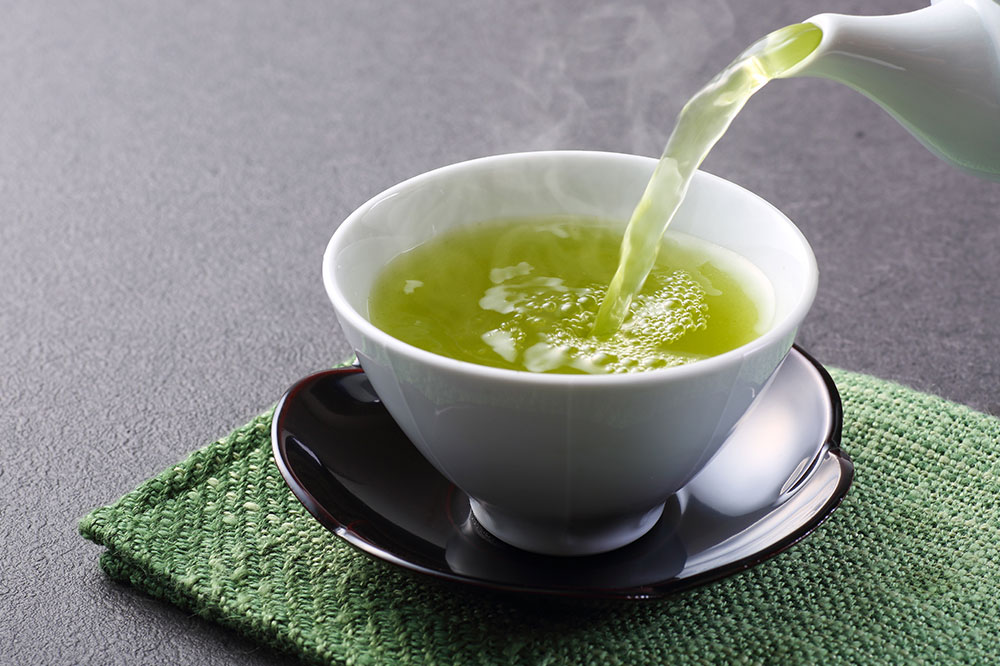Top 6 foods to manage psoriatic arthritis symptoms

Psoriatic arthritis is a chronic inflammatory condition that affects vital bone joints. There are no known causes of the condition, but doctors attribute the risk of psoriatic arthritis to several genetic predispositions, immunity, and environmental triggers. There is no cure for the condition yet, but healthy changes in food and lifestyle combined with certain treatment options can improve quality of life. Here are six foods that can help manage psoriatic arthritis in the long term.
Fatty fish
Fatty fish such as trout, sardines, mackerel, and salmon are high in omega-3 fatty acids that possess potent anti-inflammatory effects. Studies have shown people consuming fatty fish showed decreased levels of specific inflammation-related markers, reduced morning stiffness, and joint pain intensity. Fatty fish are also rich in vitamin D, a nutrient that can help prevent symptoms of
psoriatic arthritis. According to the AHA (American Heart Association), including a minimum of around two servings of fatty fish in one’s food helps fight against inflammation effectively.
Garlic
Garlic is loaded with inflammation fighting phytonutrients has also been shown to have anti-inflammatory properties that go a long way in helping reduce the symptoms of arthritis and help strengthen the immune system. In addition, the potent herb can be helpful in lowering the risks of complications linked to psoriatic arthritis.
Ginger
Apart from the fact that it adds ample flavor to sweets, soups, and teas, ginger has also been shown to help ease the symptoms of different forms of arthritis including psoriatic arthritis. Studies are not conclusive about its potent effect, but ginger has shown to improve pain symptoms among those who consumed it to manage psoriatic arthritis flareups. Ginger and its active components help in blocking the production of substances that increase inflammation in the body. Ginger can be prepared in a dry powdered form of can be added fresh to foods and beverages to boost nutrient intake and manage flareups linked to psoriatic arthritis.
Walnuts
Nutrient-rich walnuts are packed with compounds that can help lower inflammation associated with arthritis and joint disease. Studies have shown that people who eat walnuts rich in omega-3 fatty acids, showed reduced markers of inflammation and have specifically shown to decrease the symptoms of psoriatic arthritis.
Berries
Berries possess tons of minerals, vitamins, phytonutrients, and antioxidants packed into each serving, thereby contributing to their characteristic trait of helping reduce inflammation. According to studies, those who consumed a minimum of two servings of assorted blueberries, blackberries, cherries, every week were 14% less likely to have higher levels of inflammatory markers in the blood. Berries are also rich in the plant compounds that have multiple health benefits.
Whole foods
High levels of cholesterol can affect psoriatic arthritis. Insulin resistance and chronic inflammation can also worsen symptoms in the long run. Fiber-rich foods like whole wheat, corn, whole oats, quinoa, and brown rice improve one’s health and help manage psoriatic arthritis.
Besides a balanced meal plan, patients may also need treatment options to fight joint disorders. Doctors prescribe ACTEMRA® (tocilizumab) as a treatment option for arthritis. It is FDA-approved and works by blocking a protein in the body called interleukin-6 (IL-6), reducing inflammation and joint pain. ACTEMRA® is available in the form of a subcutaneous (under the skin) injection and an intravenous infusion. The subcutaneous injection can be self-administered once a week or once in two weeks.
Otezla®, Voltaren, STELARA®, COSENTYX®, and Tremfya® can also be helpful in managing
psoriatic arthritis symptoms.
Otezla® is widely used for psoriatic arthritis treatments. The oral treatment is usually prescribed twice daily, but this will vary depending on a person’s symptoms and response. It is known to reduce joint swelling, pain, and tenderness. An advantage of using Otezla® is that it does not require initial or routine blood tests. Voltaren can also be used to alleviate arthritis symptoms. It is a nonsteroidal anti-inflammatory gel that provides relief from arthritis pain. Additionally, Voltaren gel relieves pain and reduces stiffness. Doctors may also prescribe STELARA® in some cases. It is an injection that is given four times a year, after the initial two doses. Common side effects can include runny nose, congestion, and sore throat.
Marketed under the brand name COSENTYX®, secukinumab is a targeted biologic that helps reduce the risk of joint damage. As arthritis is a progressive chronic condition, adults suffering from active psoriatic arthritis will experience severe bouts of swelling and joint stiffness. COSENTYX® clinical trials have indicated reductions in the intensity of swelling. It works by targeting specific molecules that may cause inflammation among various known triggers of arthritis.
Tremfya® is a prescription suggested for active psoriatic arthritis and plaque psoriasis that helps block interleukin 23 (IL 23), one of the main proteins that trigger many common arthritis symptoms.





